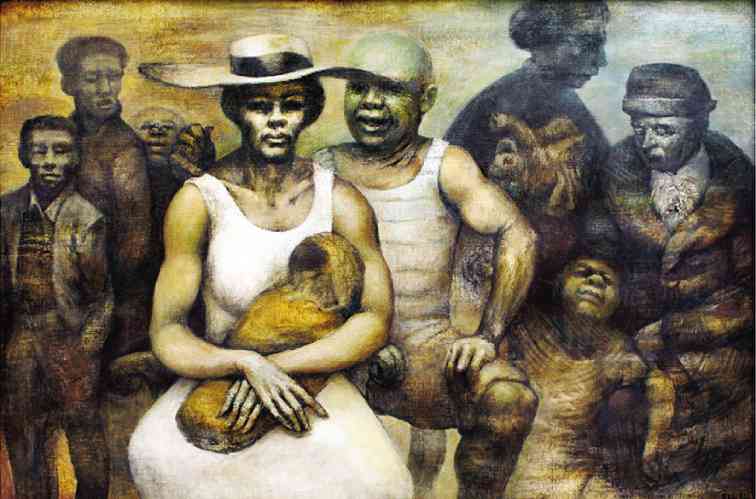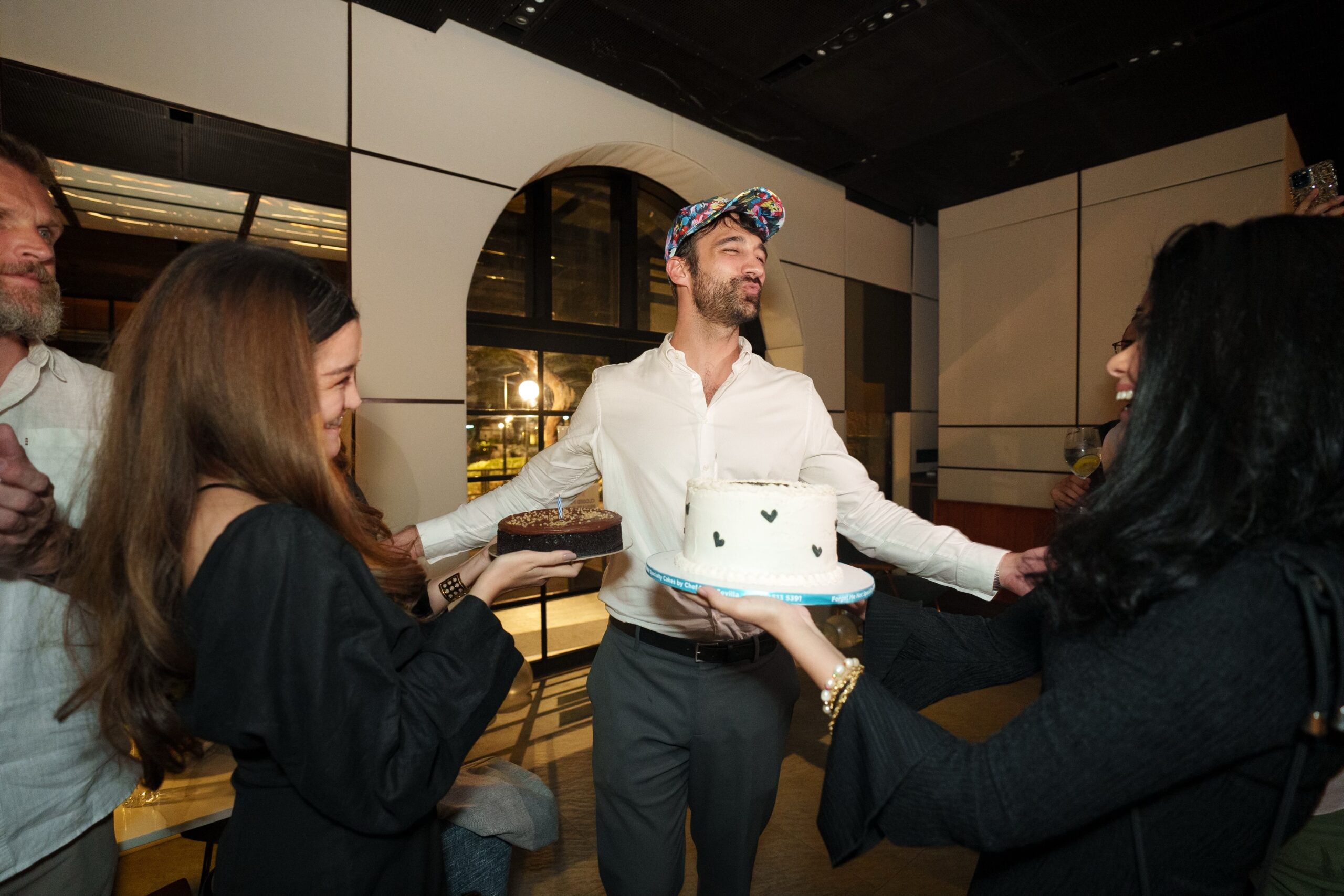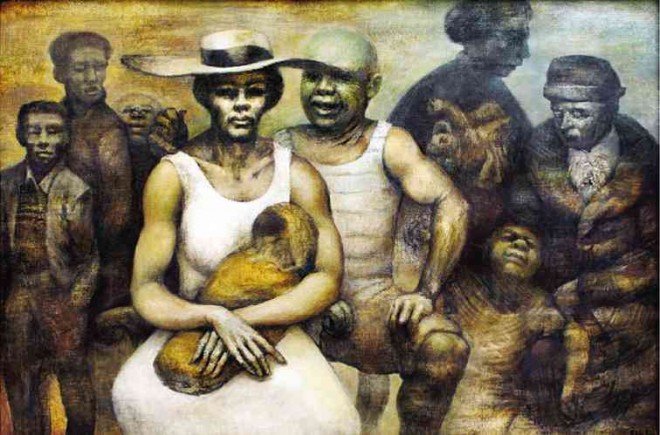

Léon Gallery has assembled 164 pieces of artworks, antiques and objets d’art from distinguished provenances for its Magnificent September Auction 2014.
Formal bidding will be held on Sept. 13 at Eurovilla 1, Rufino and Legaspi Streets, Legaspi Village, Makati City.
León Gallery director Juan Ponce de León said that some of the pieces came from the collections of Alfonso T. Ongpin, Anselmo Trinidad, Luis Ma. Araneta, Angel and Carmen Guerrero Nakpil, Alejandro and Irene V. Roces, and Tony and Cez Gutierrez.
“We are particularly happy and thankful to the very distinguished collectors [for enabling] us to assemble a sale of this magnitude and scale,” Ponce said. “We could call this sale the biggest and largest in terms of importance of the lots that we’ve ever had.”
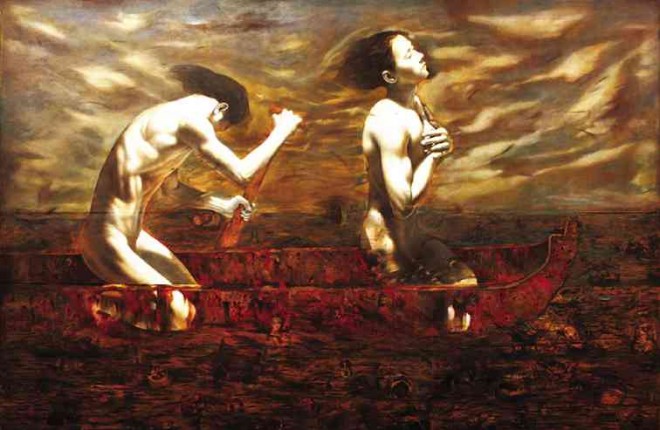

Included in the auction are works by National Artists Fernando Amorsolo, Vicente Manansala, Ang Kiukok, Jerry Elizalde Navarro, Arturo Luz, Federico Aguilar-Alcuaz and Benedicto “Bencab” Cabrera.
Highlights
The most expensive of the paintings is Anita Magsaysay-Ho’s 1980 oil-on-canvas, “Women with Baskets and Mangoes,” which has the starting price of P2, 200,000.
Ponce noted that Magsasay-Ho was really happy about her work “Women with Baskets and Mangoes,” which was exhibited at the Metropolitan Museum of Manila in 1988 and published in the book “Anita Magsaysay-Ho: A Retrospective.”
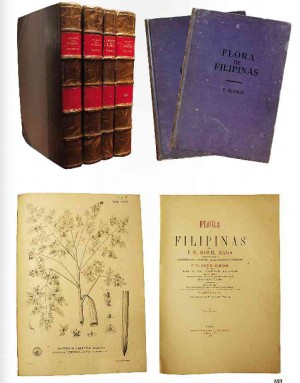
“It is a very finished work from her Green Period—the style that was all her own—and already free from the influences of the Art Student League of New York that was prevalent in her early works,” he said. “The work bears the subjects so close to her—baskets and mangoes—projecting the finest produce of Anita’s home province of Zambales.”
But expected to be among the sought-after pieces are a contemporary work—Ronald Ventura’s 2001 mixed-media, “Crack in the Hull” (arguably his most famous and iconic work), and Vicente Manansala’s 1972 oil-on-canvas “Vendors.” Both have a starting bid of P2,000,000.
“The Vicente Manansala on this sale is a particular favorite, with its large size and evoking the mastery of his craft,” Ponce said. “Created at the height of his unique ‘transparent cubism,’ and yet with the absence of the sweet colors of his works thereafter, the work exemplifies the style of the artist that made him among the most sought-after of Filipino artists.”
BenCab’s muse
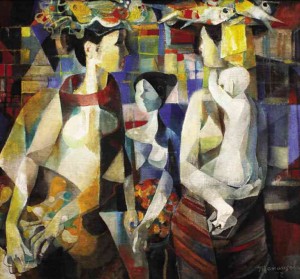
Also of importance is BenCab’s “Sabel in San Andres Bukid,” part of the artist’s first solo exhibition in 1966. The work, measuring 17 x 23 inches, was the prototype of the now iconic Sabel, a scavenger and homeless woman who became a common subject of BenCab.
Felix Resureccion Hidalgo’s 1886 oil-on-canvas “Claire de Lune” drew inspiration from the artist’s model, muse and lover Maria Yrritia. She later died when the ship bringing her to Manila sunk at the Cape of Good Hope in her voyage to Manila. Along with the ship sunk many of Hidalgo’s paintings.
Ang Kiukok has three artworks in the auction, including the 1970 oil-on-canvas “Still Life: Table,” which will have a starting bid of P1.8 million. Kiukok interpreted still-life subjects with a strongly Cubist-derived abstraction.
Another notable piece is “Family Portrait” by Juvenal Sansó from 1956, which was part of the collection of Luis Ma. Araneta.
Antique furniture
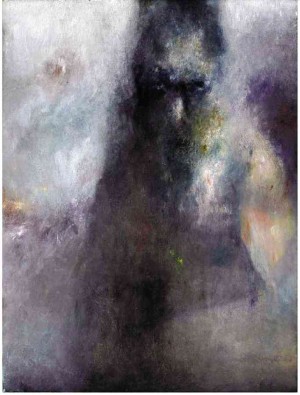
The Florendo Chest of Drawers and the Lazatin-Paras Cabinet, both magnificent 19th-century pieces that boast of the era’s craftsmen, are featured in this auction.
Social historian Martin Imperial Tinio said the Florendo Chest of Drawers, with barley-twist colonnettes with spool-turned bases and capitals on either side of the carcass, is unusual because the component, often found on comodas, is seldom used on chests of drawers.
“What makes it even more remarkable is the fact that the piece is dated, a highly unusual feature in Philippine-made antique furniture,” he said. “When the upper left drawer is removed, the date ‘año de 1856’ is inscribed on the drawer stop.”
Tinio said the Lazatins were considered one of the first five families of Pampanga and known for their large landholdings and luxurious lifestyle.
“This two-door aparador is simple in design but very well-made, and has many outstanding features seldom found in cabinets of this type,” Tinio said. “It even has secret compartments, while the base, the body and the crown are all detachable. ”
Another fine piece is the Vidal Tampinco Sideboard, created by the illustrious Vidal Tampinco, foremost furniture maker of the late 1920s until the early ’30s. Tampinco, son of Isabelo Tampinco, made furniture for Malacañang and many of Manila’s most prominent families.
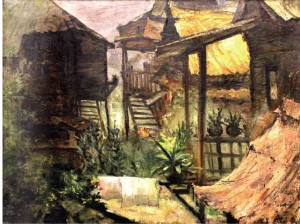
The Kamagong Chest of Drawers and Bookcase are exceedingly rare pieces of furniture.
Tinio noted that the wide strip of carabao bone inlaid on the carcass around the drawers was unique and remarkable because of the length of the pieces used. Kamagong furniture of this type was found only in the richest homes in Ilocos Sur.
‘Flora de Filipinas’
The six-volume “Flora de Filipinas” written by Spanish priest and botanist Father Francisco Manuel Blanco, OSA, will be auctioned off starting at P400,000. The collection is regarded as a groundbreaking work on Philippine botany as well as a showcase of fine Philippine illustration and typography.
In 1837, Blanco published in Manila the first edition of “Flora de Filipinas.” Based on the system of Linneaus, it described and classified 1,200 plants and gave the vernacular names of each.
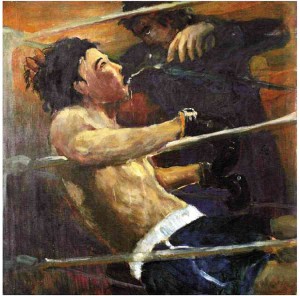
“The 1880 version of the ‘Flora de Filipinas’ known as the Manila version—which is also the black-and-white version—is much rarer than the colored version that was printed by Balaguer in Barcelona,” Ponce noted. “This version by Fray Manuel Blanco is not only much prized for its rarity and its being truly Filipino, but also its being preferred by collectors and decorators who see the emphasis of the engraving.”
Born in 1778, Blanco joined the Augustinian Order at age 26 and was immediately sent to the Philippine Mission, where he became the parish priest in many towns, notably in Angat, Bulacan, and in San José, Batangas, where he designed and built the church.
Authentic
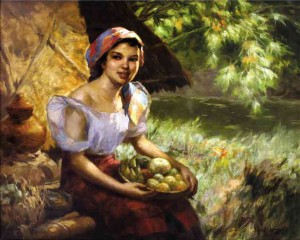
Ponce assured the authenticity of the pieces, most of which came from prestigious provenances.
“So far, there has been no questions on authenticity of the pieces,” Ponce said. “Most if not all of the pieces are either published in books and other publications or descended from venerable art collections.”
Auction preview will be on Sept. 6-12, 9 a.m.-7 p.m., at Eurovilla 1, Rufino and Legazpi Streets, Legazpi Village, Makati City.
To view catalog via website, visit https://leon-gallery.com/v2/gallery/ecatalogue. E-mail [email protected] or [email protected]; call tel: +632-8562781.

